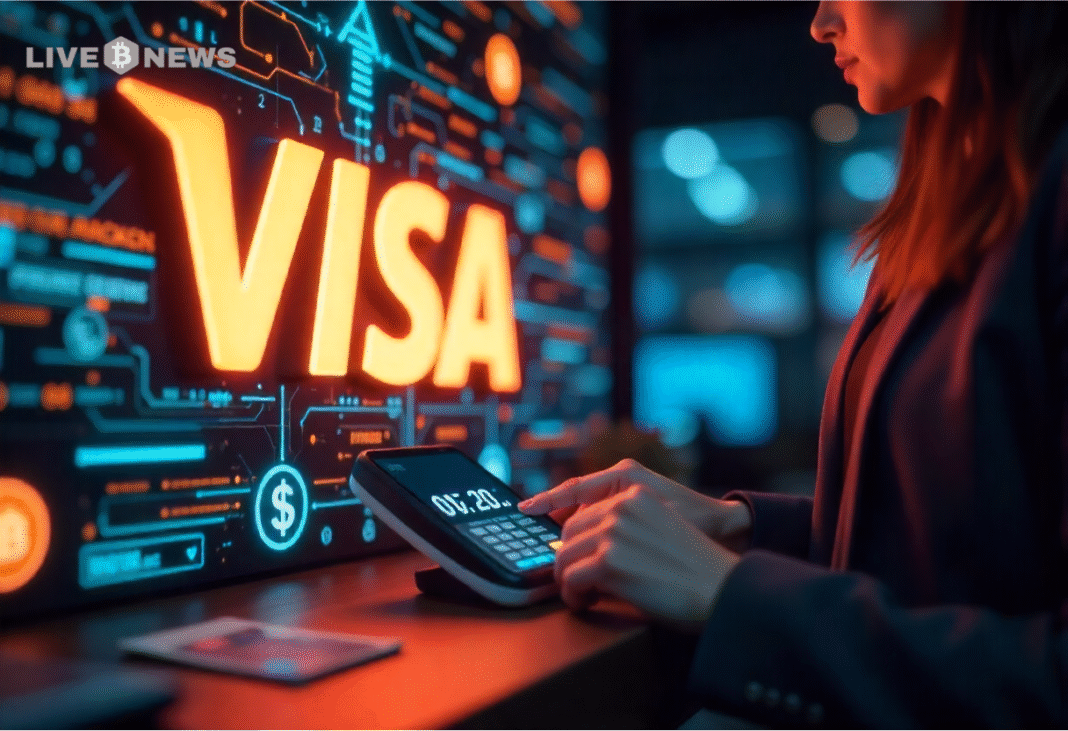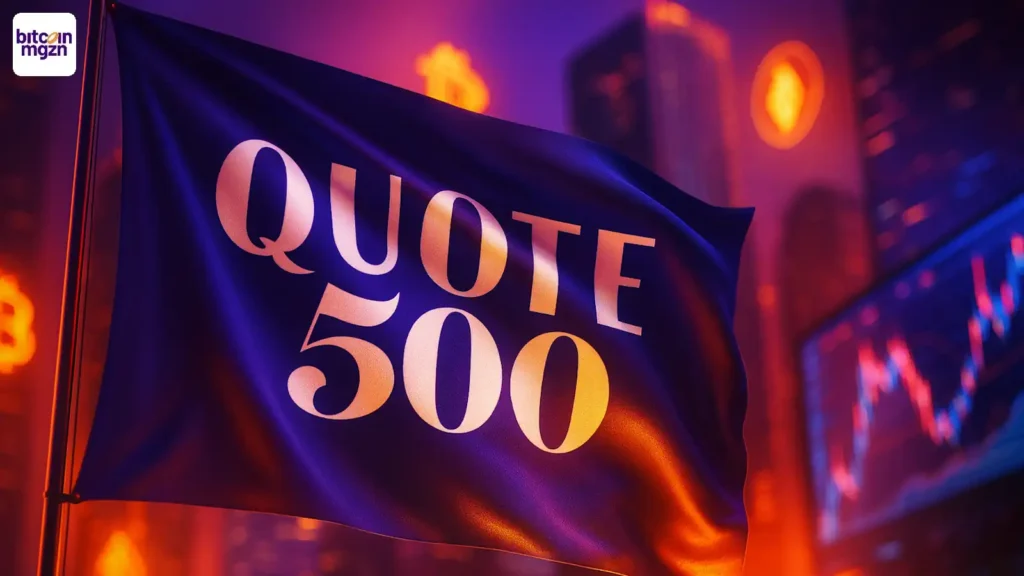Avalanche and the Toyota Blockchain Lab have presented a prototype of the Mobility Orchestration Network (MON) to manage fleets of robotaxis directly onchain: an infrastructure aimed at making payments, ownership, and vehicle traceability programmable, verifiable, and interoperable.
The project is associated with an initial funding of approximately 10.8 million dollars, marking a significant step towards operationality. In this context, it is a step towards standardizing processes, rather than just a simple technical test.
According to data collected by our analysis team and available public communications, the initial funding confirmed as of September 2, 2025, is consistent with the announcements of RWA projects and mobility infrastructures launched in the 2024–2025 period.
We have followed the publicly released technical specifications and noted the focus on multichain components and interchain messaging, key elements to ensure rapid settlement and auditability.
Industry analysts observe that the adoption of multichain layers can significantly reduce reconciliation times, shifting processes that traditionally required days to windows of hours or minutes, depending on the implementation, as explored in our analysis on Avalanche and multichain.
What is the MON: the coordination layer for robotaxi mobility with Toyota and Avalanche
The Mobility Orchestration Network is a blockchain layer designed to connect different mobility actors — manufacturers, insurers, financiers, fleet operators, authorities — on shared standards. In practice, the MON proposes itself as a “connective tissue” for data, transactions, and contracts related to vehicles, orchestrating trust and services among organizations that today operate on separate databases.
An interesting aspect is the ability to align rules and verifications among parties that do not trust each other a priori and often have divergent requirements, a topic we discussed in a deep dive on blockchain interoperability.
How the infrastructure works: Avalanche and Toyota for interchain messaging on robotaxis
The prototype leverages Avalanche‘s multichain and Interchain Messaging (ICM) to coordinate multiple specialized networks, as described in Avalanche’s documentation. The result is an ecosystem where:
- Data orchestration: telemetry, certifications, maintenance attestations, and driving logs are shared with granular access controls; this limits duplications and inconsistencies.
- Automated transactions: payments, fees, and refunds are executed via smart contracts with rapid and verifiable settlement, reducing reconciliation times.
- Interoperability: subnets and interchain messaging reduce silos and promote scalability and service portability across chains; it should be noted that composability remains a point to monitor.
5 services that the MON already enables in the prototype phase
- Onchain payments and leasing: rides, fees, and network charges regulated in near real-time with automatic rules, reducing intermediation and delays. In this context, cash flow is more predictable.
- Digital ownership and secondary markets: instant and verifiable transfers of vehicle or fleet shares; requires alignment with national registries for full legal validity, a non-trivial issue.
- Crowdfunding for robotaxi fleets: issuance of security tokens and onchain management of flows, with transparency on assets and revenues for investors. Governance of rights remains central.
- Insurance traceability and claims: signed data to reduce fraud, improve risk pricing, and accelerate reimbursements, especially when independent audits are needed.
- Attestations and maintenance: digital certificates on parts, workshops, and software updates for a more reliable supply chain, with repeatable and historicized controls.
Tokenization: from vehicle to usage rights
The MON adopts tokenization to represent shares of vehicles, infrastructures, or usage rights. Thus, traditionally illiquid assets — like fleets or parking lots — become tradable, enabling new liquidity and shared revenue models. However, everything must integrate with KYC/AML rules and the regulatory frameworks of security tokens.
It should be noted that the classification of instruments varies by jurisdiction, and not insignificantly; for a complete picture, we refer to our article on security tokens and regulation.
Inside the architecture: standards, privacy, and verifications
- Data standards: shared formats for telemetry, attestations, and vehicle identity reduce friction between legacy systems and simplify audits.
- Privacy: access controls and segregation on subnets allow limiting the visibility of sensitive data; robust and auditable policies are needed for granular logs, also to avoid re-identifications.
- Verifiability: hashes and digital signatures ensure integrity and audit trail, useful in case of disputes or regulatory requests. In this sense, the chain of custody is explicit.
Obstacles to overcome: regulation, integration, and responsibility
The main challenges are extra-technical. First, compliance: public registries must recognize onchain transfers and digital titles. Additionally, integrations with manufacturers’ systems, often proprietary, are needed.
Finally, responsibility in case of accidents and malfunctions must be clarified, especially when decisions and payments are automated by code. An interesting aspect is the coexistence between automotive regulations and frameworks for digital assets, as highlighted in the collaboration between Toyota and MIT.
Where the machine can stall
- Legal harmonization between countries with different registries and practices, with non-uniform adoption times.
- Network governance: who decides updates, access, and economic parameters, and with what quorums.
- Data protection and minimization of personal telemetry, especially on board robotaxi fleets.
- Operational resilience and cybersecurity for payment flows and critical commands; fault tolerance is crucial.
Impact on investments and markets
The RWA (Real-World Assets) trend on Avalanche aims to bring physical assets and cash flows onchain. If the MON moved to a pilot phase, operators could structure “end-to-end” models entirely on ledger: from fleet funding to revenue sharing.
The official confirmation of funding, around 10.8 million dollars, could better define scale and objectives, as highlighted by Avalanche and Helix. In this scenario, secondary liquidity would become more measurable and advantageous, as reported in previous deep dives on RWA and decentralized markets.
A realistic (indicative) timeline
- Data integration: mapping between vehicle telemetry and MON formats; interoperability tests between subnets, with latency and reliability assessments.
- Limited pilots: selected routes and cities, restricted use cases (payments and insurance), with public performance metrics.
- Regulatory agreements: sandbox with authorities for legal validation of acts and digital titles, including responsibilities and audit trail.
- Scalability: extension to secondary markets and structured finance instruments, maintaining risk controls.
- Rollout: expansion to third-party operators and cross-jurisdiction interoperability, with defined and reviewable governance.
The comparison: why a traditional database is not enough
Existing robotaxi services operate with centralized stacks. The MON proposes coordination among parties that do not trust each other a priori, with executable rules and independent verifications. This reduces lock-in, facilitates audits, and enables native secondary markets. However, the simplicity of closed systems remains an advantage in regulated environments, and shared governance will need to prove it does not introduce unnecessary complexity and costs.
It should be noted that the trade-off between control and openness will remain a subject of continuous evaluation, as highlighted in the analysis on Ford and Toyota.
Sustainability: emissions accounting and credits
Onchain recording of energy consumption and routes allows for more transparent emissions accounting.
Carbon credits and certifications can be linked to specific rides, improving reporting and limiting greenwashing. Adoption will depend on alignment with international standards. In this context, data granularity is both an opportunity and a constraint, a topic we discussed in the context of blockchain and environmental sustainability.
Key roles in the MON ecosystem
- OEMs and suppliers: definition of data standards and technical attestations, including cryptographic key management.
- Fleet operators: management of economic flows and maintenance, with onchain traceable KPIs.
- Insurers: dynamic models based on signed and verifiable data, with pricing responsive to events.
- Regulators: recognition of acts on ledger and supervision of functional safety, also in a cross-border context.
- Investors: onchain financial vehicles with integrated operational metrics, useful for evaluating return and risk.
Conclusion
The Avalanche–Toyota proposal for the MON brings the concept of robotaxi into an operational terrain: programmable payments, digital ownership, and verifiable supply chains. The technology is mature for pilots, but the real test will involve overcoming challenges related to regulation, integrations, and governance.
If these pieces align, autonomous mobility could enter an era of large-scale transparency and programmability. Ultimately, the trajectory is set, but execution will make the difference.
Source: https://en.cryptonomist.ch/2025/09/02/robotaxi-avalanche-and-toyota-test-a-tokenized-fleet/



